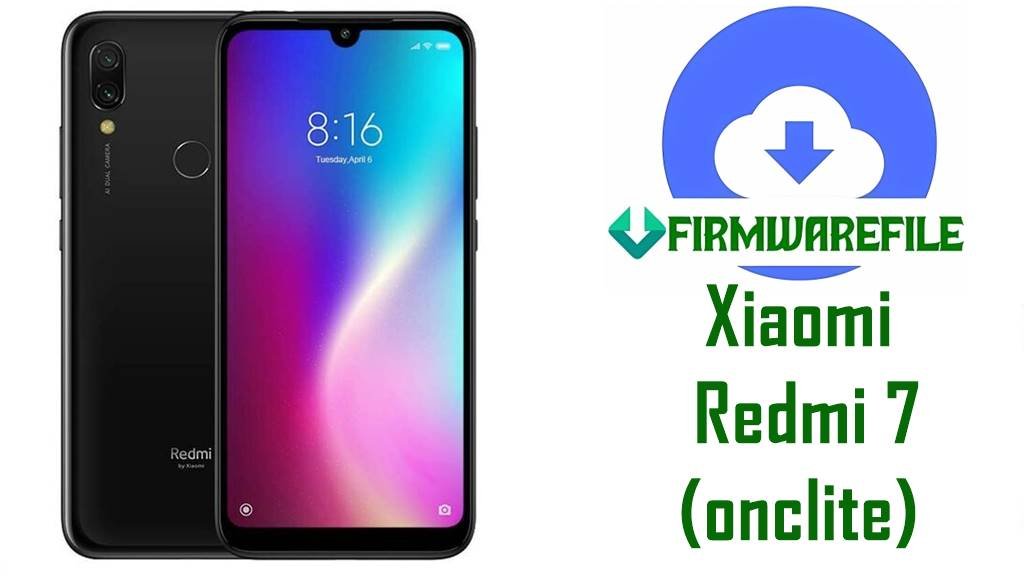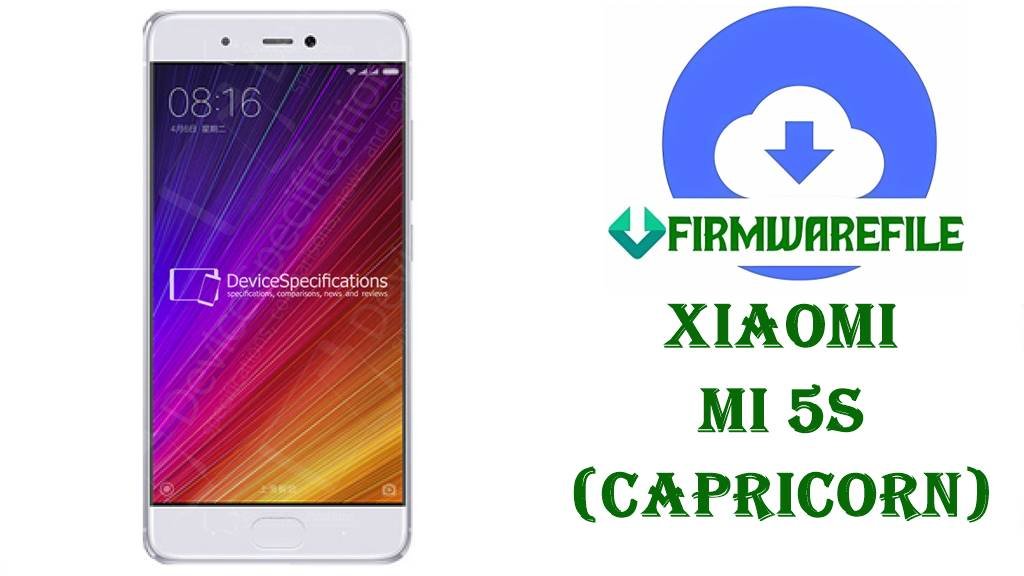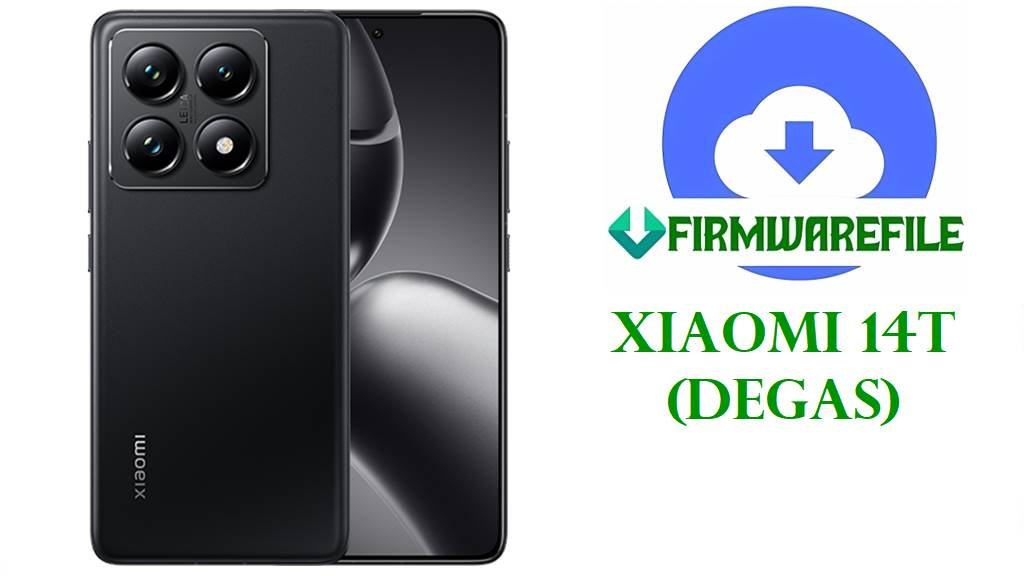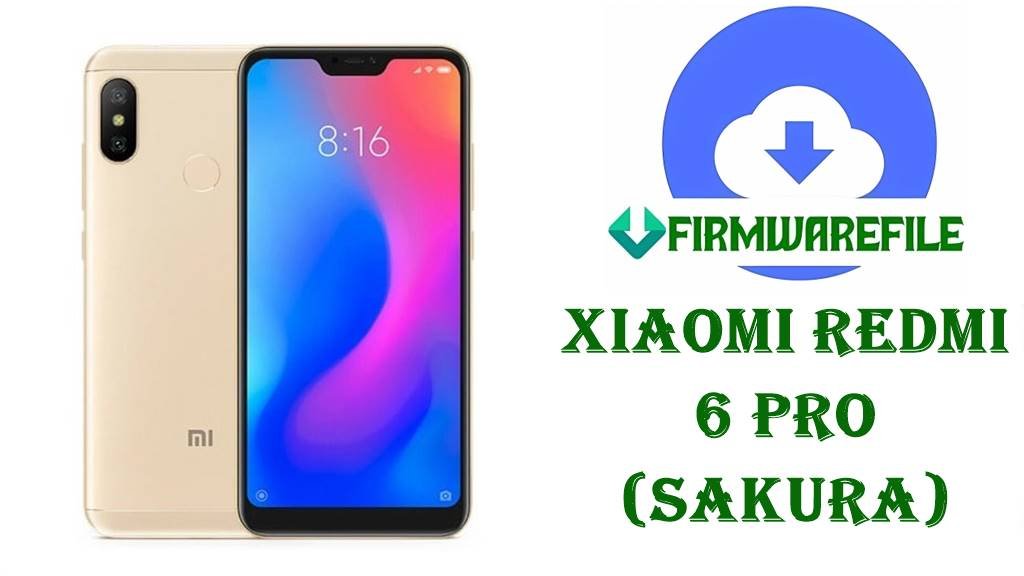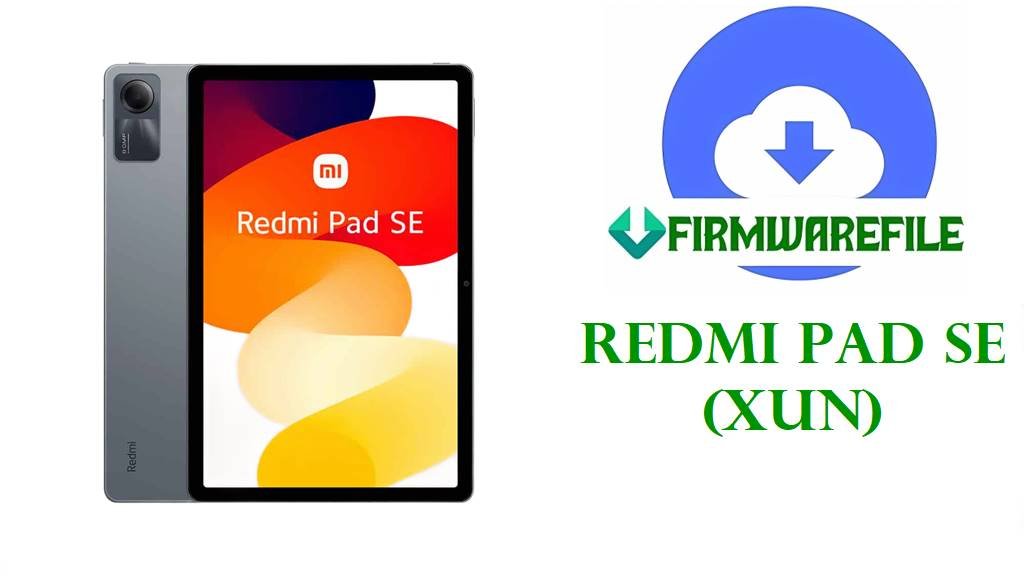Download Xiaomi Redmi 7 Firmware (onclite): Fix Wi-Fi Issues & System Lag
This guide provides the complete firmware collection for the Xiaomi Redmi 7 (onclite). If you’re grappling with Wi-Fi connectivity issues, system lag, or a bricked device, our verified download links and detailed flashing instructions will help you restore your phone’s performance. The Redmi 7, powered by a Snapdragon 632 chipset and featuring a 6.26-inch HD+ display, is a solid budget device, but software glitches can slow it down. Follow this guide to address these issues and optimize your device.
⚠️ Essential Pre-Flash Checklist
Flashing can lead to complications if not done correctly. Complete this checklist to ensure a smooth process. All data will be erased, so a backup is critical.
- ✅ Full Data Backup: Save photos, contacts, and files to Mi Cloud, Google Drive, or a PC to avoid permanent data loss.
- ✅ Charged Battery: Ensure your Redmi 7 has at least 60% battery to prevent interruptions during flashing.
- ✅ Windows PC: The Mi Flash Tool requires a Windows operating system.
- ✅ Original USB Cable: Use a high-quality USB cable for a stable connection to your PC.
- ✅ Unlocked Bootloader: Flashing requires an unlocked bootloader. Use the official Mi Unlock Tool (expect a 7-15 day waiting period).
- ✅ Required Software: Install the latest Mi Flash Tool and Xiaomi USB Drivers.
Understanding the Firmware: Types and Regions
Choosing the correct firmware is essential to avoid bricking your Redmi 7. Here’s a breakdown of the available options:
- Fastboot ROM (.tgz): A full factory image for Mi Flash Tool, ideal for unbricking or reverting to stock software.
- Recovery ROM (.zip): Used with custom recoveries like TWRP for installing custom ROMs like Xiaomi.eu.
- Region Codes:
- CNXM: China version, optimized for local networks but may lack Google Play services.
- MIXM: Global version with Google services and multi-language support.
- INXM: India-specific version with regional optimizations.
- RUXM: Russia-specific firmware with localized apps and settings.
Official Firmware Downloads for Redmi 7 (onclite)
These firmware files are sourced from Xiaomi’s official servers or trusted repositories for reliability and security. Choose the latest version for your region to ensure optimal performance.
| Region | MIUI Version | Android | Release Date | Download Link |
|---|---|---|---|---|
| China (CNXM) | V12.5.3.0.QFLCNXM | 10.0 | 2021-11-04 | Fastboot ROM |
| Global (MIXM) | V11.0.7.0.PFLMIXM | 9.0 | 2020-10-14 | Fastboot ROM |
| India (INXM) | V11.0.7.0.PFLINXM | 9.0 | 2020-08-27 | Fastboot ROM |
| Russia (RUXM) | V11.0.9.0.PFLRUXM | 9.0 | 2020-11-15 | Fastboot ROM |
Recommended Custom ROMs
For users dealing with bloatware or seeking a smoother experience, the Xiaomi.eu ROM is an excellent choice, offering a debloated MIUI experience with Google services included.
- Xiaomi.eu ROM: V12.5.3.0.QFLCNXM Based on Android 10 – Provides a lightweight, optimized MIUI experience.
How to Flash: Step-by-Step Instructions
Choose the flashing method based on your firmware type: Fastboot for official .tgz files or Recovery for custom .zip files.
Method 1: The Fastboot Method (Official Stock ROMs)
- Unzip the Firmware: Extract the .tgz file using 7-Zip to obtain a folder with an “images” subfolder and flash scripts.
- Launch Mi Flash Tool: Open the Mi Flash Tool with administrator privileges on your Windows PC.
- Enter Fastboot Mode: Power off your Redmi 7, then press and hold Volume Down + Power until the Fastboot logo appears.
- Connect to PC: Plug your phone into your PC using the USB cable.
- Load Firmware: In Mi Flash Tool, click “select” and choose the extracted firmware folder. Click “refresh” to detect your device.
- Choose Flash Option: Select “clean all” for a complete reset (recommended for stability). Avoid “clean all and lock” unless you’re certain of the ROM’s region compatibility.
- Start Flashing: Click “flash” and wait 5-10 minutes. Do not disconnect the phone.
Troubleshooting Tip: If Mi Flash Tool fails to detect your Redmi 7, try reinstalling the Xiaomi USB Drivers or switching to a USB 2.0 port for better connectivity.
Method 2: The Recovery Method (Custom ROMs)
- Install TWRP: Ensure TWRP is installed on your Redmi 7. Download it from TWRP’s official site.
- Transfer ROM: Copy the .zip ROM file to your phone’s internal storage or an SD card.
- Boot into Recovery: Power off your phone, then press Volume Up + Power until the TWRP logo appears.
- Wipe Data: In TWRP, go to “Wipe” > “Advanced Wipe” and select Dalvik/ART Cache, Cache, and Data. Swipe to confirm.
- Install ROM: Return to the main menu, tap “Install,” select the .zip file, and swipe to flash.
- Reboot: Reboot to system after installation completes.
After the Flash: First Boot and Setup
The first boot after flashing may take 10-15 minutes as the system initializes. Don’t interrupt if it seems stuck on the Redmi logo. Once booted, follow the setup wizard and restore your data from your backup.
Device-Specific Q&A for the Redmi 7
- Q1: Why does my Redmi 7 have Wi-Fi connectivity issues? A: Wi-Fi issues can stem from outdated firmware or regional ROM mismatches. Flashing the latest regional ROM (e.g., Global V11.0.7.0 or China V12.5.3.0) can stabilize connectivity.
- Q2: How can I fix system lag on my Redmi 7? A: System lag is often caused by bloatware or heavy app usage on the Snapdragon 632. Flashing the Xiaomi.eu ROM or a clean stock ROM can restore smooth performance.
- Q3: Will the Redmi 7 receive Android 11 or newer? A: The Redmi 7 is officially capped at Android 10 with MIUI 12.5. To experience Android 11 or later, you’ll need a custom ROM like LineageOS (if supported for onclite).
